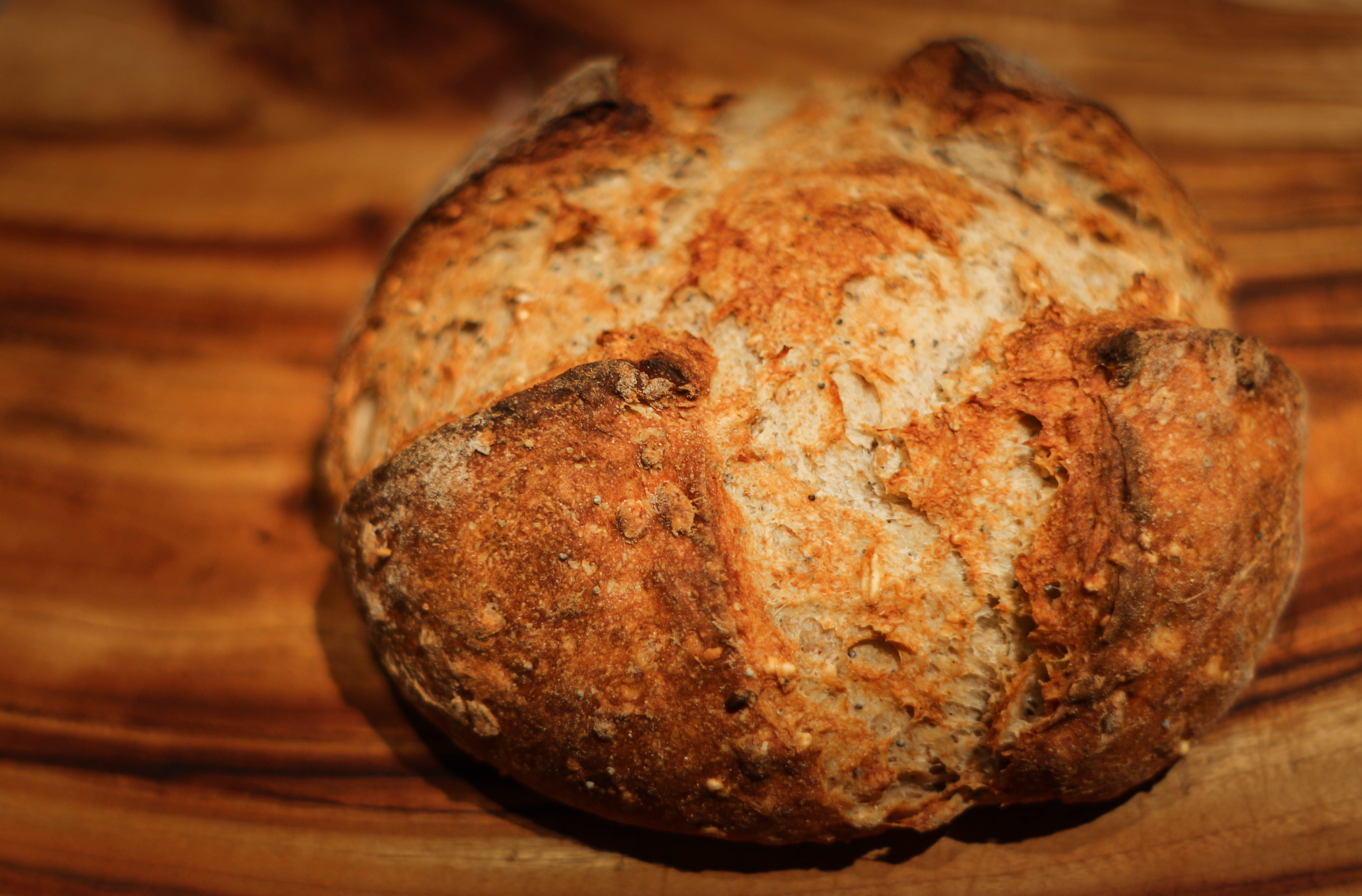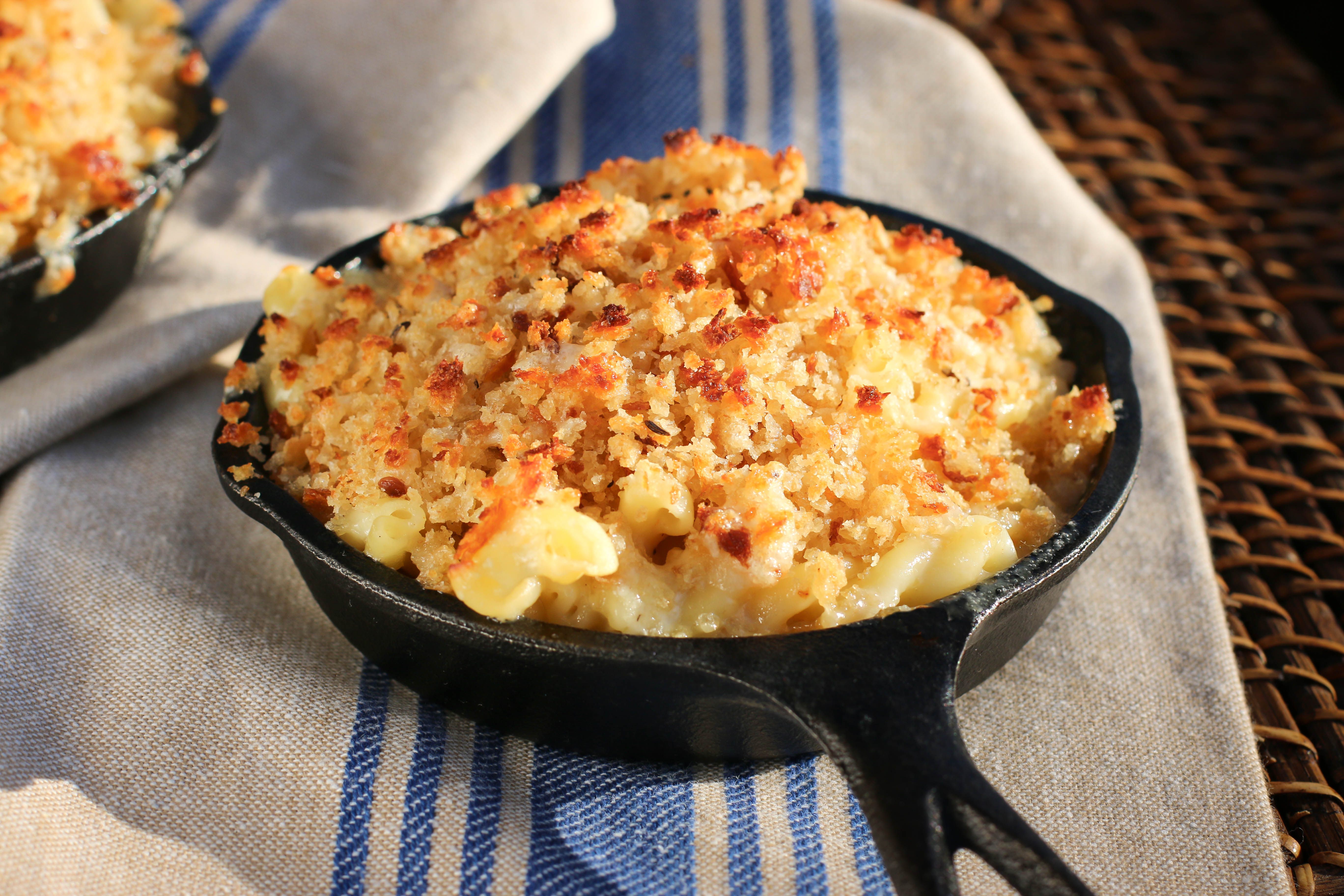Sourdough Rye
Last year I began the quest for the perfect Reuben sandwich. It was inspired by a visit to Lucky's Cafe in Cleveland. The first aspect to master was a sourdough rye -- hearty yet yielding, sour but with a grainy sweetness, earthy and clean, chewy and light. After over a year of tweaking, I've developed this no-knead continuous-ferment sourdough rye. It builds on the sage sourdough advice of Peter Reinhart's Bread Baker's Apprentice and no-knead approach of Jeff Hertzberg and Zoe Francois's Artisan Bread in Five Minutes a Day. Here's how I do it...
Ingredients:
- 1.5 tablespoons dry active yeast
- 1.5 tablespoons kosher salt
- 3 cups warm water
- 2.5 cups dark rye flour (King Arthur, pumpernickel)
- 1 cups whole wheat flour (King Arthur, white whole wheat)
- 3 cups all purpose flour
- 3/4 cups whole grain mix (King Arthur, harvest grain blend)
- 1/2 tablespoon caraway seeds
Steps:
- Re-hydrate yeast in warm (~100 degree) water. Stir, and let sit 5 minutes while mixing other ingredients.
- Add salt, flours, grains, and caraway to the mixing tub with left over sourdough.
- Add yeast and water to the tub, mix thoroughly my hand. Mix about 2 minutes, until you achieve uniform color and texture...the new dough will be brighter and less sticky then the sourdough starter from the last batch. Make sure to scrape down the sides of your tub to get all the sour goody from the last batch.
- Cover the tub and let rest at room temperature 1.5 hours. At this point, you can put it in the fridge for another day...or continue on.
- Set out a flat pan, silicone baking mat, flour liberally (including your hands). Rip off a softball sized chunk for a 2-3 person loaf. You can reduce by a third or double this size loaf without messing up your times and temps too much. Put the remaining dough back in the fridge for another day.
- Dusting frequently in the flour on the pan, shape into a ball, always stretching the the top back under the loaf. Try not to break the skin as you pull, tuck, and shape the dough. This develops the gluten in the flour...creating the texture and lift you are looking for. Once you're practiced, this only takes about a minute. Your first time...give it a few minutes. The skin of your dough should be smooth and almost tacky, the bottom will be a bit rough with the tucked in corners pulled from the top.
- Set the dough in the center of your pan, and allow to rest 10 minutes (20 if you are taking it out of the fridge).
- Turn on your oven to 450, and let the bread rest an additional 20 minutes while the oven preheats. Ideally you have a pizza stone in the oven while it heats.
- Score the top of your loaf...about 1/4" deep cuts in whatever pattern you fancy (I like an X or an #). This is not just decorative, it allows your loaf to rise properly.
- Slide the pan in the oven (middle rack, with the pan sitting on a pizza stone ideally). Shut the oven, and quickly dump 1 cup of hot water onto the broiler tray...shutting it quickly before you lose all the steam. This adds to the dough's lift and develops a chewy crust.
- Bake 30 minutes...rest 20 minutes...slice, butter, eat.

















